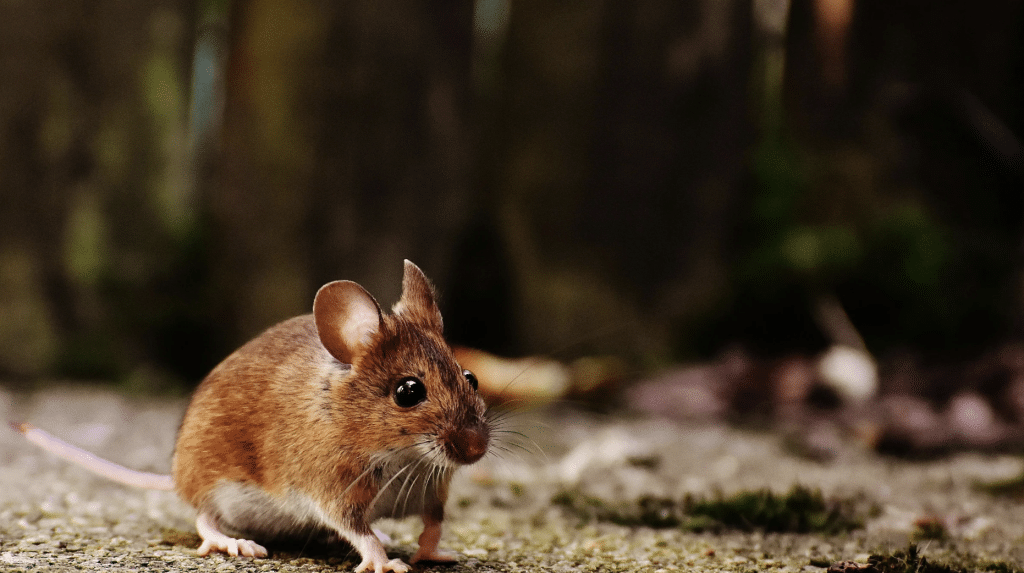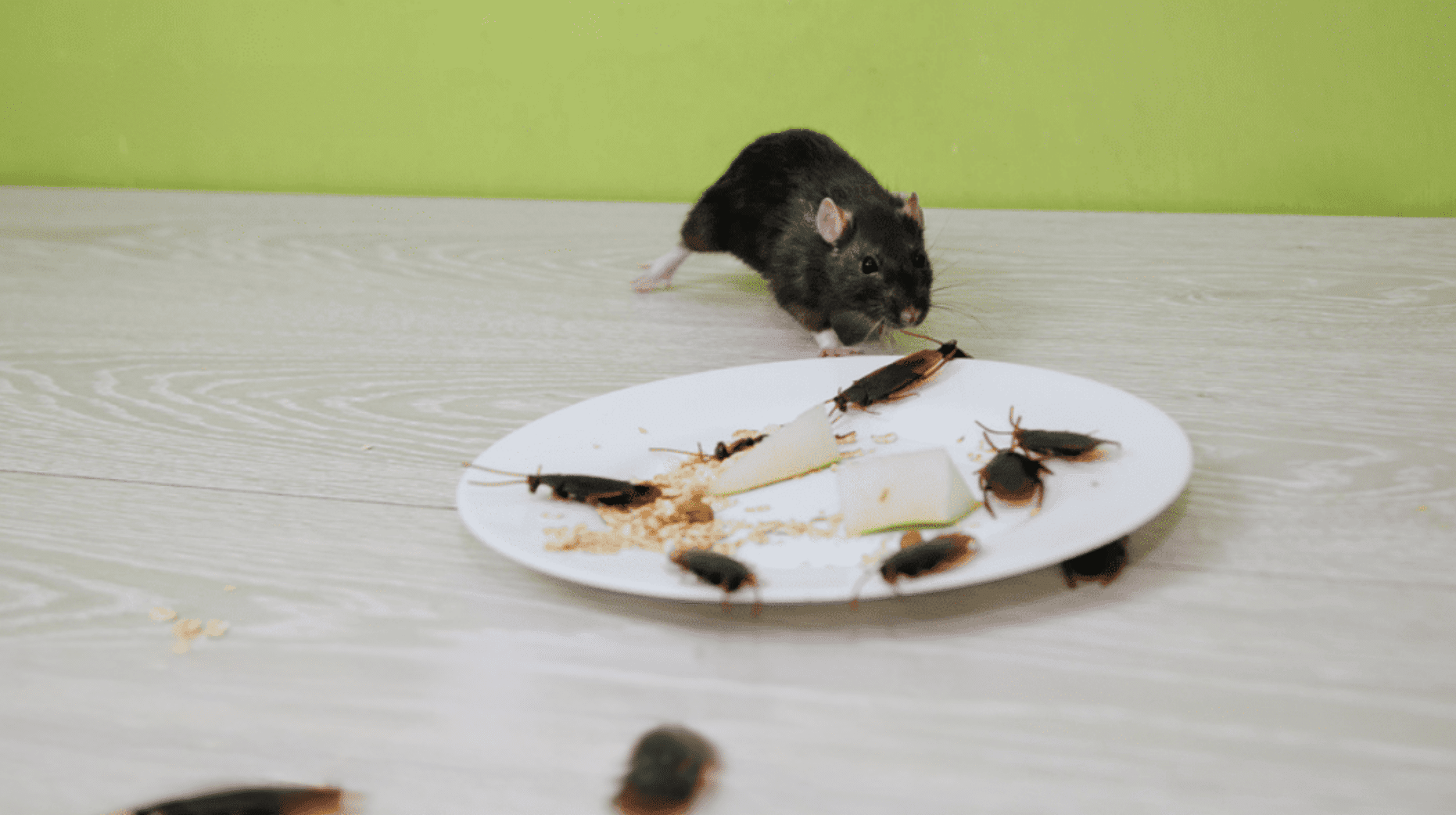Got unwanted roommates scurrying around your house? You’re probably dealing with mice, roaches, or worse, both.
Here’s a question that’ll blow your mind: What happens when these two notorious home invaders actually bump into each other?
Does the mouse chase the roach like some tiny predator-prey showdown, or do they just ignore each other and keep ransacking your kitchen?
The answer is way more interesting than you’d think, and it could totally change your approach to pest control.
Ready to find out who wins in the ultimate household pest face-off and what it means for getting rid of them both?
Are Roaches Part of a Mouse’s Diet?
Mice eat almost anything they find. This makes them hard to get rid of in homes. Many people know mice go after crumbs, grains, and fruits. But what about bugs like roaches?
Yes, mice do eat roaches when given the chance. Mice belong to the group of animals that eat both plants and meat.
When hungry and no other food exists nearby, mice hunt small insects. Roaches are easy targets for mice because they move slowly compared to these quick rodents.
A roach offers good protein for a mouse. Mice prefer foods with sugar and fat, but they won’t pass up a roach meal when needed.
They often hunt these bugs at night when both creatures are most active around the house. This eating habit helps explain why these pests sometimes appear in the same areas of homes.
Can Mice Control Cockroach Populations?
While mice will snack on roaches when they’re desperate, counting on them as your personal pest control team is like hiring a fox to guard your henhouse.
- Mice Eat Roaches Occasionally: They’ll catch and consume cockroaches when other food sources are scarce, but it’s not their preferred meal.
- Roaches Reproduce Faster than Mice Can Eat Them: A single female roach produces dozens of offspring in weeks, far outpacing any mouse’s appetite.
- Mice Create Bigger Problems than They Solve: They leave droppings everywhere, chew through wires, and spread diseases throughout your home.
- Both Pests Share the Same Attractions: They’re drawn to the same food sources and shelter opportunities in your house.
- Professional Pest Control Beats Natural Predators: Proper home maintenance and targeted treatments work far better than hoping one pest eliminates another.
The bottom line? Trading roaches for mice is like swapping one headache for two. Your best bet is to keep both out with good sanitation and sealing entry points.
Risks and Considerations to Check Out
While the idea of mice controlling your roach problem might sound appealing, both pests bring serious risks that far outweigh any potential benefits.
Understanding these dangers is crucial for making informed decisions about pest management in your home.
1. Health Hazards from Mice
Mice are walking germ factories that pose significant health risks to your family. They carry harmful bacteria on their fur and paws, contaminating surfaces wherever they travel. Their droppings spread pathogens that can trigger respiratory issues, asthma attacks, and allergic reactions.
Additionally, mice often bring external parasites like fleas and ticks into your home, creating even more health concerns for both humans and pets.
2. Property Damage Risks
Beyond health issues, mice are destructive tenants that can cause expensive damage throughout your home. They constantly gnaw on wooden structures, furniture, and even electrical wiring, creating fire hazards.
Mice shred insulation materials to build nests, reducing your home’s energy efficiency. They’ll also chew through food packaging, contaminating your pantry supplies and creating costly waste that adds up quickly over time.
3. Combined Pest Problems
When both mice and roaches infest your home simultaneously, the problems multiply exponentially rather than cancel each other out. You’ll face increased contamination from multiple sources, higher food safety risks, and elevated stress levels for your entire household.
Managing two different pest species requires different treatment approaches, making elimination more complex, time-consuming, and expensive than dealing with a single infestation.
Wrapping It Up
While mice might occasionally munch on a roach, expecting them to solve your pest problem is like expecting your cat to do your taxes. It’s just not happening.
So, the best way is to stop both pests before they move in by eliminating food sources, sealing cracks, and maintaining a clean space.
Once they have made themselves at home, professional pest control is your fastest ticket to peace of mind.
Remember, the best pest control strategy isn’t about one creature eating another but about making your home so unappealing that neither wants to stick around in the first place!





















